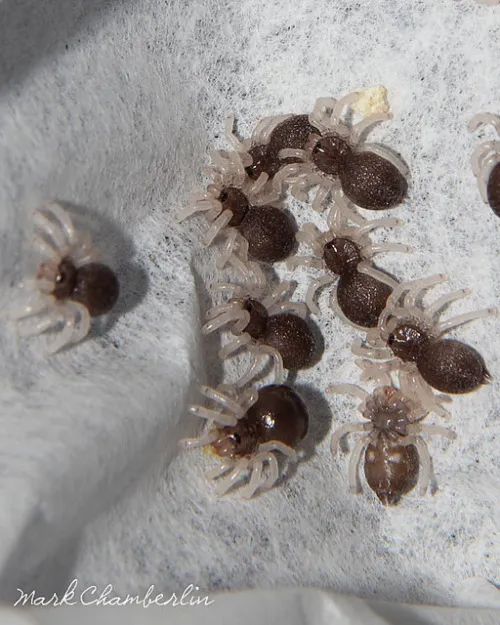What Are Tarantulas and Their Reproduction
Tarantulas, belonging to the Theraphosidae family, are large, hairy spiders known for their impressive size and diverse appearances. Found across various regions globally, from North and South America to Asia and Africa, these arachnids captivate with their unique characteristics. Unlike many spider species, tarantulas are known for their relatively long lifespans, with females often living for several decades. Understanding their reproductive cycle is key to appreciating these fascinating creatures. Their lifecycle is a complex interplay of mating, egg laying, and the emergence of spiderlings, all of which are influenced by environmental factors and species-specific traits. This process reveals incredible strategies for survival and population growth within the tarantula world.
The Tarantula Mating Process
The mating process in tarantulas is a remarkable spectacle, initiated when a mature male seeks out a receptive female. This typically involves a series of elaborate courtship rituals, including drumming or tapping on the female’s web or burrow, and producing pheromones. The male’s primary objective is to deposit his sperm safely. The male will construct a sperm web, where he deposits his sperm and then transfers it to his pedipalps. He then uses his pedipalps to introduce the sperm to the female. Afterward, if successful, the female will store the sperm for later use when she is ready to lay eggs. The complexities of tarantula mating highlight the intricacies of animal behavior and the importance of courtship in the continuation of the species.
Understanding Tarantula Eggs
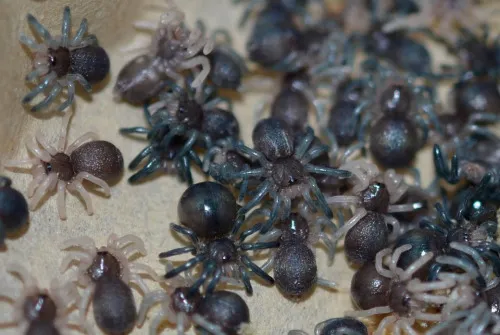
After successful mating, the female tarantula will lay her eggs, usually several months later, inside a silk egg sac. The egg sac, carefully constructed by the female, serves as a protective haven, shielding the developing eggs from external threats and maintaining optimal conditions for incubation. The number of eggs within an egg sac varies greatly depending on the species, female’s size, and environmental conditions. The eggs undergo a period of development, with the female diligently guarding the sac, ensuring the future survival of her offspring. Once the spiderlings hatch, they undergo several molting stages within the sac before they are ready to emerge. This stage is a critical period in the life of the tarantula, underscoring the importance of maternal care in species survival.
Top 5 Astonishing Facts About Baby Tarantulas
Fact 1 The Vast Range of Baby Tarantulas
The number of baby tarantulas a female can produce varies widely. Some species lay as few as 50 eggs, while others can produce several thousand in a single clutch. This variation is influenced by factors such as the tarantula’s species, size, age, and overall health. Large, well-fed females of certain species are known to produce the highest numbers of spiderlings. In contrast, smaller or younger females might have smaller clutches. The diversity in clutch sizes reflects the adaptability of tarantulas to different environments and ecological niches. This also indicates different reproductive strategies aimed at maximizing survival rates under various circumstances.
Fact 2 Factors Influencing Clutch Size
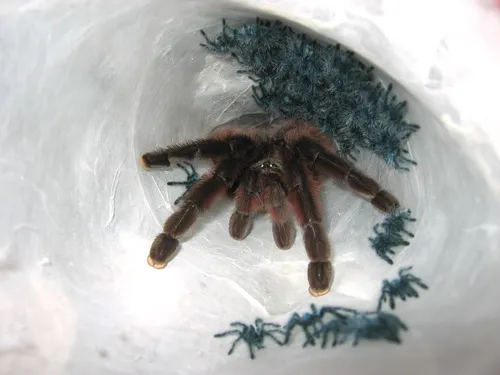
Several factors influence the number of baby tarantulas a female produces. Genetics, environmental conditions, and the female’s nutritional status play significant roles. Species with larger body sizes tend to have larger clutches. Availability of food, water, and suitable temperatures also contribute to the size of the clutch. A female tarantula’s diet directly impacts her egg production; well-nourished females produce more eggs. Furthermore, environmental stressors like drought, extreme temperatures, and predation risks can decrease clutch size. These factors highlight the sensitivity of tarantula reproduction to environmental dynamics.
Fact 3 The Impact of Species on Baby Numbers
Different tarantula species exhibit significant variations in the number of baby tarantulas they produce. For instance, the Goliath birdeater, one of the largest tarantulas, can lay several hundred eggs, whereas smaller species might produce fewer than a hundred. These differences reflect variations in reproductive strategies, habitat, and the ecological pressures faced by each species. Some species prioritize producing large numbers of offspring to ensure survival in their environment, while others may focus on producing fewer, larger, and more resilient spiderlings. Understanding the species-specific variations provides insights into the evolutionary adaptations and survival mechanisms of these fascinating creatures.
Fact 4 The Role of the Environment
Environmental conditions significantly affect the number of baby tarantulas a female can produce. Temperature, humidity, and food availability are critical factors. Ideal environmental conditions can enhance egg production and the survival of the spiderlings. In contrast, harsh conditions like drought, extreme heat, or lack of food can decrease the clutch size and increase mortality rates. The tarantula’s habitat plays a crucial role, as it provides the resources necessary for successful reproduction. Changes in environmental conditions, such as climate change or habitat destruction, can negatively impact tarantula populations by affecting their reproductive success and survival.
Fact 5 Survival Rates of Spiderlings
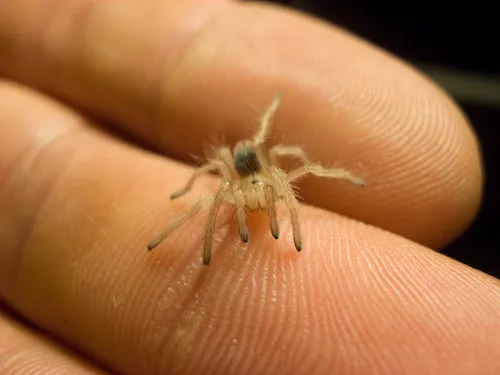
The survival rate of baby tarantulas is relatively low. Many spiderlings do not survive to adulthood due to factors like predation, cannibalism, and environmental hazards. The smaller the spiderlings, the more vulnerable they are to predators and the environmental conditions. The first few molts are critical for the spiderlings to grow and develop. Their survival rate is also influenced by the female’s care during their early stages. In some species, the female may remain with the spiderlings, providing protection and ensuring some level of survival, while in others, spiderlings are left to fend for themselves. Understanding these factors is vital for conservation efforts and appreciating the lifecycle of tarantulas.
Caring for Baby Tarantulas
Setting up the Perfect Habitat
Creating a suitable habitat is crucial for the survival and well-being of baby tarantulas. This involves providing an appropriate enclosure, substrate, temperature, and humidity levels. A secure enclosure with proper ventilation prevents escape. The substrate should be a material that retains moisture, such as peat moss or coconut fiber, creating a microhabitat that mimics their natural environment. Maintaining the correct temperature and humidity is essential for molting and overall health. Regular monitoring and adjustments ensure the optimal living conditions for the spiderlings, thus promoting their growth and well-being. The provision of these factors is vital for the successful rearing of baby tarantulas.
Feeding and Watering
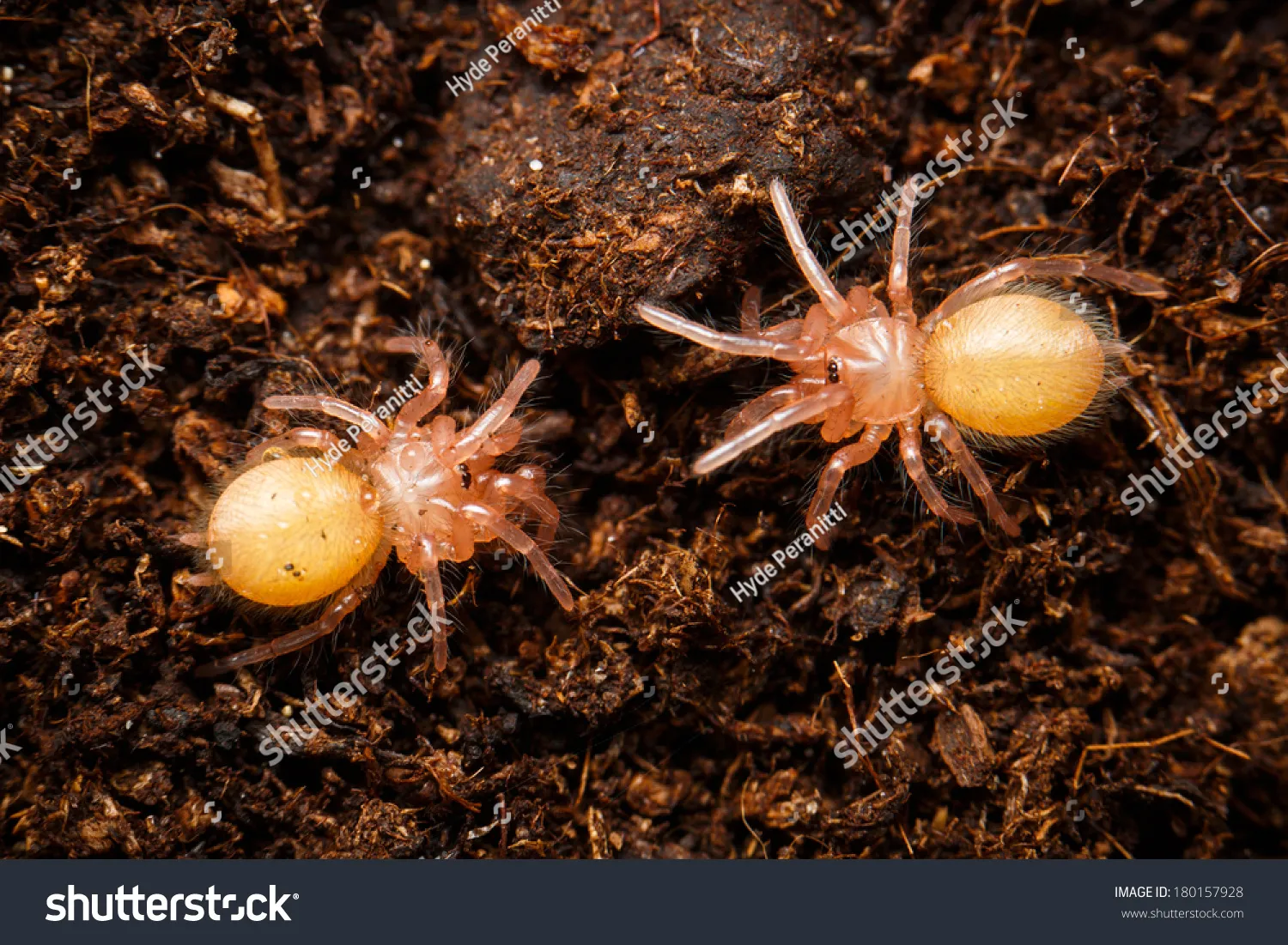
Proper feeding and watering are critical for the health and development of baby tarantulas. Spiderlings require a diet of small insects, such as flightless fruit flies or pinhead crickets, which are the appropriate size for them to consume. The frequency of feeding depends on their size and growth rate, with younger spiderlings needing more frequent meals. Providing a shallow water dish with fresh, clean water is essential. Regular monitoring and adjustments to feeding and watering schedules are important. Understanding the dietary needs of baby tarantulas and providing appropriate food and water ensures their proper growth and overall well-being.
Potential Threats and Dangers
Baby tarantulas face several threats and dangers, including predation, cannibalism, and environmental hazards. They are vulnerable to being preyed upon by larger spiders, insects, or other animals. Cannibalism can occur, particularly if the spiderlings are not adequately fed or if they are housed together in overcrowded conditions. Environmental hazards like changes in temperature, humidity, or the use of harmful chemicals can also pose significant threats. Careful monitoring, providing a suitable habitat, and preventing overcrowding can reduce these dangers. Awareness of these threats is essential for the successful rearing and care of baby tarantulas.
